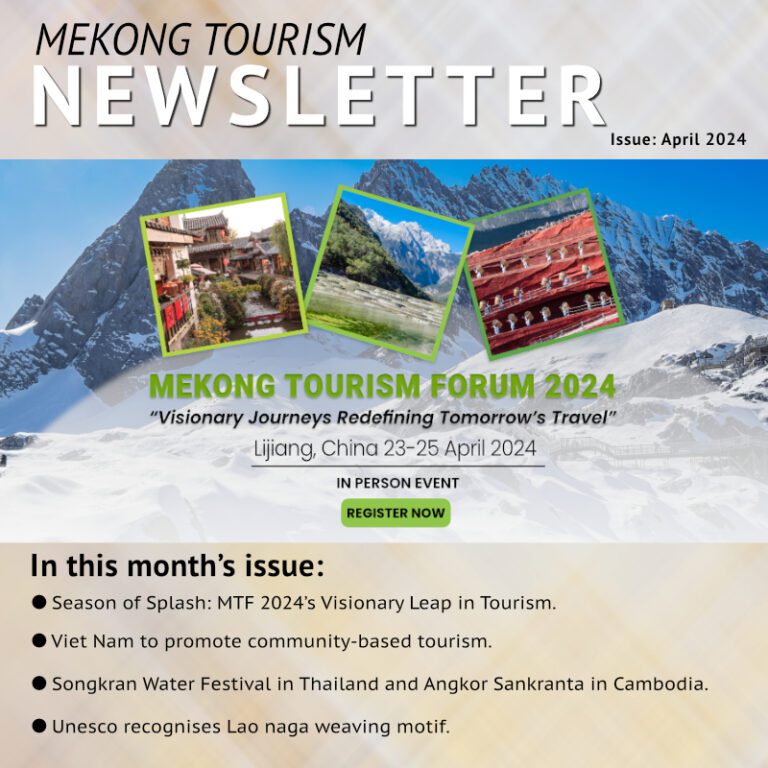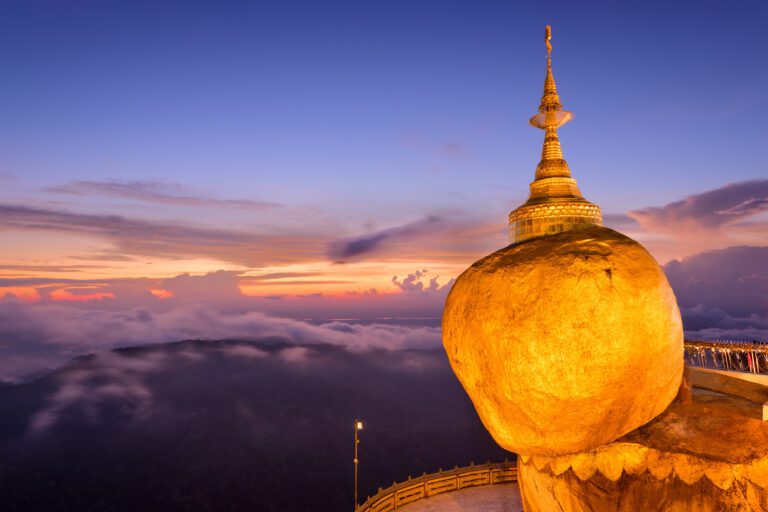Wildlife tourism is one of the leading sectors of the tourism industry. Participation is possible for any age or ability, with memories forged and rarely forgotten. From an industry perspective, ensuring the tourism product places no harm on a species or the environment is critical. The United Nations Sustainable Development Goal 15 aims to protect and conserve Life on the Land. This goal strives to support ecosystems, stop deforestation, and halt biodiversity loss. The complex relationship between tourism and biodiversity is also recognised by the UNWTO, supporting a balance between biodiversity, social welfare, and the rights of host communities.
The COVID-19 pandemic has provided the wildlife tourism sector with time to critically reflect on sectorial activities. Now is the perfect time to modify any adverse behaviours and initiate positive change, in alignment with future industry forecasts, visitor needs and the UN SDGs. An excellent example of where positive change is achievable is within the southeast Asian elephant-based tourism sector. This hugely popular tourism activity provides an intriguing case study, with the tourism sector striving for balance between endangered species management and visitor demand. With an approximate one-third of all remaining Asian elephants living under human care, the tourism industry has an undeniable duty of care to protect Asian elephants and ensure the responsible and sustainable use of this enigmatic yet endangered species. But tourism companies and associated stakeholders do not necessarily hold qualifications or experience in conservation management. While understandable, this professional absence may inadvertently contribute to the exploitation of elephants, as tourism expectations may be favoured over species sustainability.
Asian elephant ownership has always been legal and commonplace throughout southeast Asia. Elephants have lived under human care for over 4,000 years and as per the UNTWO objectives, locals have a right to continue this proud custom, albeit with a few modern-day tweaks. With wild elephant populations highly fragmented and facing decline in many parts of southeast Asia, it is comforting that elephants living under human care are safe from the threatening processes impacting their wild counterparts. These include poaching, human-elephant conflict and habitat loss. It is also important that captive elephants receive the highest standards of veterinary care, environmental enrichment and other welfare non-negotiables. Elephant-based tourism is predicated to remain an immensely popular visitor destination experience for post COVID-19 visitors to southeast Asia. There is a need to ensure this sector achieves the highest standards of both animal welfare and conservation management, all while recognising the UNWTO Sustainable Travel goals of incorporating local indigenous values and knowledge into daily management. This means respecting the rights of locals to utilize elephants, no matter what alternative viewpoints may exist.
Of course, there is no denying that elephant-based tourism has faced past criticisms, poor industry performers and has been accused of putting profit before welfare. No elephant should be harmed for tourism purposes. But beyond COVID-19, this sector has the potential to restart, reform and show the world that tourism and species conservation can be successfully combined in a safe and sustainable manner.
While each Asian elephant range nation has its own specific policies and targets, there are some regional goals that many countries can implement to meet SDG objectives. These include:
- Assessing and improving the welfare standards of all elephant-based tourism ventures.
- Supporting captive breeding programmes in countries that are facing localised extinction of wild Asian elephant populations (for example Vietnam, Cambodia, Laos, Indonesia, Malaysia).
- Following qualified, relevant expert advice and scientific literature regarding captive elephant care and management.
- Educating international visitors on human-elephant culture, traditions, and the value of local knowledge.
- Ensuring all elephant tourism ventures reach independently verified levels of accreditation for the health and welfare of working elephants.
- Ensuring tourism stakeholders support education, community empowerment and meaningful indigenous engagement, as these are proven methods of ecosystem and biodiversity resilience.
These small but significant steps will help local elephant populations, while providing sustainable and meaningful jobs for communities. A rising tide lifts all boats and improving the welfare and sustainability of all elephant-based tourism ventures will lead to better outcomes for all elephants, the local communities and ultimately, for all of us.
Asian Captive Elephant Standards
www.elephantstandards.com





